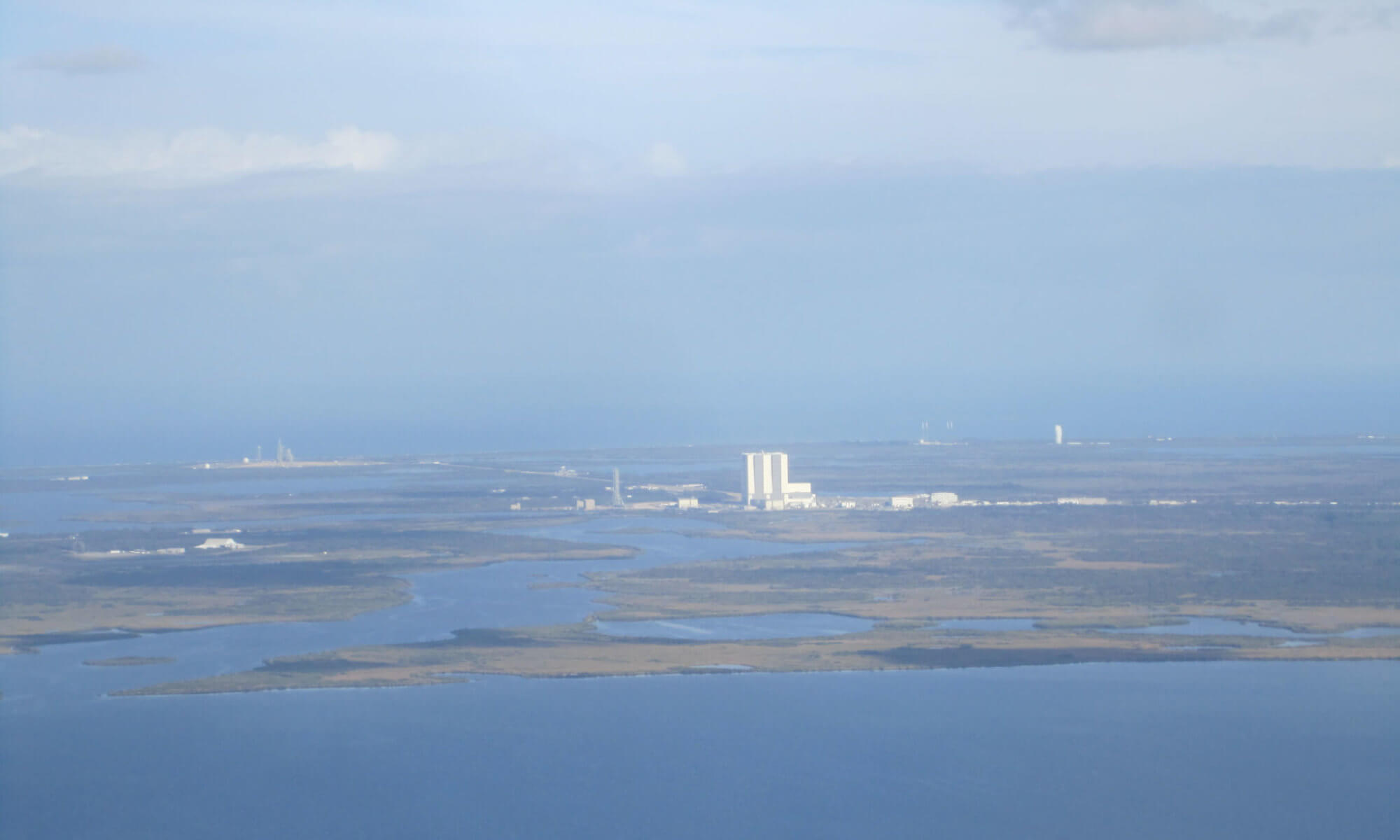 Germany and Japan have won World War II and now control most of the world between them. The former United States are split between them, with the backward Rocky Mountain States situated between a Japanese puppet state in Western North America and a German puppet state in Eastern North America; acting as a buffer zone of sorts. Fifteen years after the war ended, the two superpowers are engaged in a cold war, with Germany expanding into space and Japan falling behind. The book follows several characters in events far from the core of politics, including a German secret agent, a Japanese trade official and a woman seeking audience with the author of an intriguing novel. The novel is about an alternate history where Germany and Japan lose the war, thus more closely resembling our own.
Germany and Japan have won World War II and now control most of the world between them. The former United States are split between them, with the backward Rocky Mountain States situated between a Japanese puppet state in Western North America and a German puppet state in Eastern North America; acting as a buffer zone of sorts. Fifteen years after the war ended, the two superpowers are engaged in a cold war, with Germany expanding into space and Japan falling behind. The book follows several characters in events far from the core of politics, including a German secret agent, a Japanese trade official and a woman seeking audience with the author of an intriguing novel. The novel is about an alternate history where Germany and Japan lose the war, thus more closely resembling our own.
Mr. Dick cleverly implements the device of using characters very peripheral to the main thrust of history. These see historical events without the sureness or clarity of a history book, and color them with their own perceptions, each flawed in its own way. There are long passages of reflection on the nature of manufactured objects, of their “historicity”; in other words their connection with historical events. How does history reflect on the present through its relics? The discussions on race and the open use of race to profile people and cultures gives a glimpse of the way things might perhaps have been if the Axis had won the war. The social mores depicted unfortunately date the book somewhat, especially the depiction of Juliana’s ready subservience to a new man in her life. However it remains a classic for good reason.

